Paving a pathway towards an open defecation free community
CARE Bangladesh’s Director, Extreme Rural Poverty Programme, Anowarul Haq opens up to Amit Sengupta on how community-led total sanitation approach paved a critical pathway in creating an open defecation free community in their project area.
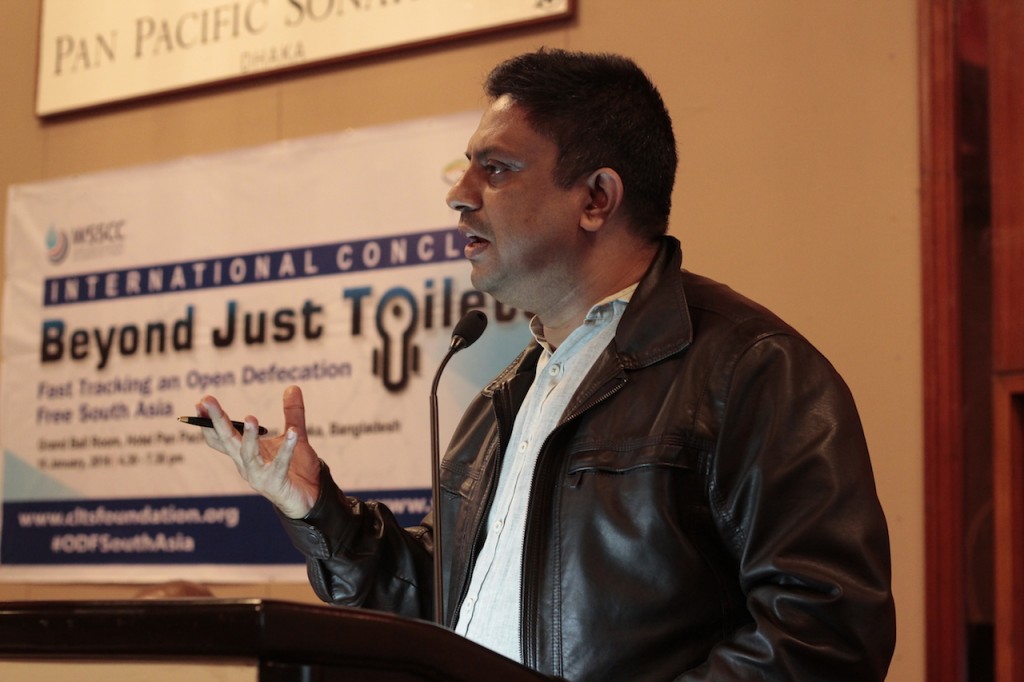
Mr. Anowarul Haq, Director, Extreme Rural Poverty Program, Care, Bangladesh speaking at ‘Beyond Just Toilets’ conclave at Dhaka on 10 January, 2016. Photo: CLTS Foundation
CLTS Foundation: Could you please tell us, in brief, about your NGO background and your first orientation about community led total sanitation approach?
I am presently leading CARE Bangladesh’s Extreme Rural Poverty Programme as Director. I have more than 15 years work experiences in development field with 13 years experience in senior management. I led Social and Economic Transformation of the Ultra-Poor (SETU), a DFID-Government of Bangladesh funded and shiree managed flagship project of CARE Bangladesh that is working with the bottom 10% extremely poor in the northwest of Bangladesh.
With CARE Bangladesh’ Social Development Unit, I have gained vast experience in leading numerous research activities that explored underlying causes of poverty and informed CARE Bangladesh’s programming. I managed the Nijeder Janyia Nijera initiative, a pilot project of CARE Bangladesh, where CLTS was used as an entry point for triggering community led total development. My principle area of interest is to develop a model of effective programming for graduating the extremely poor out of poverty. I am experienced on community led methods through which communities can abolish open defection, seasonal hunger, enhance food security, improve the livelihoods of the poorest and institutionalize this work in local government.
Before joining CARE, I worked in PROSHIKA’s Institute for Development Policy Analysis and Advocacy (IDPAA) and in a leading Bangla newspaper `The Daily Bhorer Kagoj’.
My first exposure to CLTS was through Kamal Kar when he came to evaluate Rural Livelihood Programme of CARE Bangladesh in 2003 – 2004. He inspired us to build collective solidarity through CLTS process and then facilitate a reflective participatory process within the community to enhance livelihood security and trigger empowerment of poorest women and men rather than promoting a pre-defined approach. The work then influenced CARE Bangladesh’s community empowerment approach.
CLTS Foundation: Talking about the sanitation scenario in your country, what was the status of open defecation in the region where Care Bangladesh was working?
So far as I could remember, around only 20% households were using latrines and almost 100% communities were practicing open defecation when we adopted CLTS as an approach.
CLTS Foundation: How was CARE’s project designed using CLTS approach to tackle open defecation? Where in Bangladesh was the project implemented?
CARE first adopted CLTS approach in the haor region of Bangladesh. With the assistance of Kamal Kar, CARE worked in Bajitpur Upazila in Kishorgonj district aiming for open defecation free communities. The first ODF Union in the haor region was facilitated by CARE Bangladesh which was unbelievable to many development actors as the regional context was very different from the main land.
Later in 2004 in Nijeder Janyia Nijera Project CARE used CLTS as an entry point to build collective solidarity within the poorest communities and developed leadership from the poorest for accessing services and entitlements from local government and nation building departments. In the project, CLTS and community led approach was institutionalised within local government. CARE Bangladesh is using this process in all the livelihoods projects later on.
CLTS Foundation: How did the community react when you started talking about the ‘Community Approaches to Total Sanitation and Hygiene Promotion’?
The response was very positive, inspiring and transformational.
CLTS was proven to be a powerful entry point to initiate a solidarity building process. Community Led Total Sanitation (CLTS) was considered as an activity that engages the entire community in sanitation work and can benefit a large number of households. CLTS is very effective as an entry point to initiate an empowerment process, because it is, a) non-political and relatively class neutral; b) easy to accomplish; c) brings considerable benefit to a community – a visibly cleaner hamlet – in a relatively short period of time; d) develops collaboration and community effort; and e) instills a sense of collective accomplishment and pride. Total sanitation – open defecation free communities and hygienic practices – considerably reduces the incidence of cholera, dysentery, and diarrhoea, enabling communities to save precious and scarce household resources, leading to relatively quick and lasting economic returns. Further, at the core of CLTS lies collective action that leads to new forms of public engagement. The approach can create a platform, so to speak, to build solidarity, encourage forms of collective action, and ultimately engage communities in development processes that lead to broader social change.
CLTS contributes to important changes in the overall hamlet environment. Generally, the village atmosphere is anti-poor, with elites and the better off marginalizing the poorest households during social events and important decision making processes. There is little belief that the poorest can meaningfully contribute to any activity, let alone the development process and the transformation of local society. This attitude has resulted in a general despondency amongst the poorest households, who feel unwelcome, disrespected, and isolated. CLTS has the potential to break this cycle, as the poorest households participate in taking the lead on sanitation work and gain respect and social standing for their efforts and hard work within and beyond the community. CARE projects build collective solidarity through the CLTS process and uses the momentum to initiate a total development approach that addresses not only livelihoods issues of the poor and extremely poor, but also reduces forms of exploitation, e.g. sub-standard wages and money lending, and discrimination based on gender and class differences, and local governance.
CLTS Foundation: What challenges did you face in the community or at a structural level when you started working on that project?
We faced three major challenges in facilitating sustainable changes through CLTS – subsidy-no subsidy contradiction, lack of quality process facilitation and hunger.
When we started CLTS process, we found that many other sanitation projects by different donors and different institutions were providing subsidy for the construction of latrines. We had to coordinate with everyone and had to demonstrate what is possible through CLTS to convince them. We worked with Union Parishads to ensure that communities would decide who need subsidy and subsidy will be provided only when communities will ensure that the whole area will be ODF.
We also discovered that there was a huge pressure to local government to declare unions as 100% sanitized. For this, development partners sometimes compromised the quality of facilitation, which later on became a challenge as many households believed that local government will provide subsidy to repair their latrines. We made it clear to our field teams that process of CLTS should be followed and there should be no rush to declare ODF until it happens organically.
We also learnt that extreme form of poverty, such as, hunger should be addressed simultaneously. Households would not repair their low cost structures of toilet after each monsoon season if they are hungry in the lean period. In CARE, we integrated livelihoods and inclusive local governance with CLTS, so that hunger and other extreme forms of extreme poverty are addressed, so that people can create peer pressure to repair latrines when requires.
CLTS Foundation: Did it involve capacity building of government functionaries? Were they tuned to the CLTS approach?
As mentioned before, yes, we integrated CLTS with inclusive local governance processes. It worked very well. In fact, because of this, Bangladesh has been able to quickly scale up CLTS to become almost 100% ODF. Community led approach of CLTS and scaling up by local government are the two key milestones for the success of Bangladesh.
CLTS Foundation: As part of the project, did you have to work on identifying Natural Leaders and CLTS Champions from the community. How was that useful in implementation of the project?
Yes, facilitating the emergence of natural leaders and CLTS champions from the communities and also from the local government has been a conscious strategy. We used community-to-community learning process successfully in our projects. Champions have shown others how to do it and have brought local solutions to local problems, which may not be possible for any external organizations to work out.
Recognition of natural leaders and local government representatives as champions and then using them to demonstrate possibilities as a strategy has been very successful.
CLTS Foundation: Your project also included working with schools and children. Could you please tell us something about the SLTS approach? How were the children engaged?
We also engaged with the SLTS approach. What we have seen is that children play a very effective role to change the mindset of communities and parents for achieving and sustaining open defecation free status. They have shown their potentials. More importantly, as children are aware of CLTS and benefits of ODF, there is more chance of longer-term sustainability as they are the future leaders of Bangladesh. Also, this is helping to develop future community leaders.
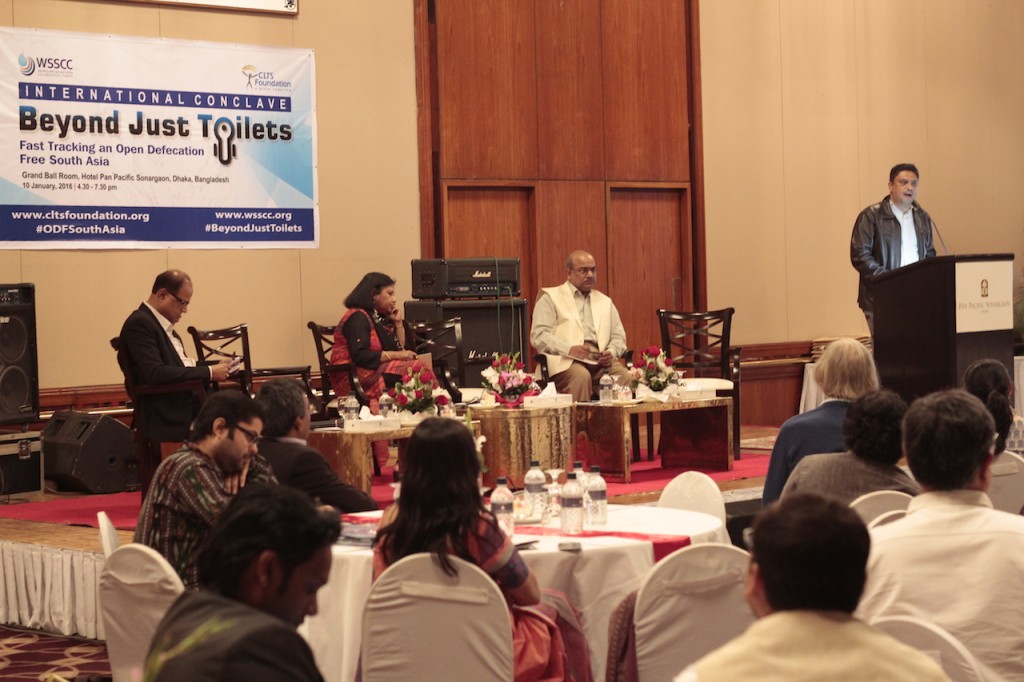
Mr. Anowarul Haq, Director, Extreme Rural Poverty Program, Care, Bangladesh speaking at ‘Beyond Just Toilets’ conclave at Dhaka on 10 January, 2016. Photo: CLTS Foundation
CLTS Foundation: Were there any other crucial hurdles or obstacles while implementation of the project?
The crucial hurdle for any organization is to change the mindset of their own staff. CLTS is about believing that communities can resolve the most difficult puzzles by themselves if they believe in themselves and we also believe the power of empowerment. Communities can clean their own shits, but it is not easy to clean the shits that has been created by different organizations. The good thing about CARE Bangladesh is that it has adopted community led approach as the core of all activities and has always attempted to empower communities, where CLTS has shown a critical pathway of how to do it.
CLTS Foundation: When you look back at the project, how do you evaluate the outcome of reaching out to 100,000 ODF communities?
In the initial stage, it was not possible for many of us to understand the potential of CLTS. It unfolded one after another. The first achievement was to declare a community as ODF. Then a ward within a union is declared as ODF. Then a whole union became ODF, then an Upazilla and then a district. Finally now the whole country has almost become ODF. This may look like a miracle, but we have done it. CLTS is a breakthrough. The Government should also be acknowledged for creating enabling environment, so also the private sector for providing low cost sanitation materials to the poorer communities at an affordable price.

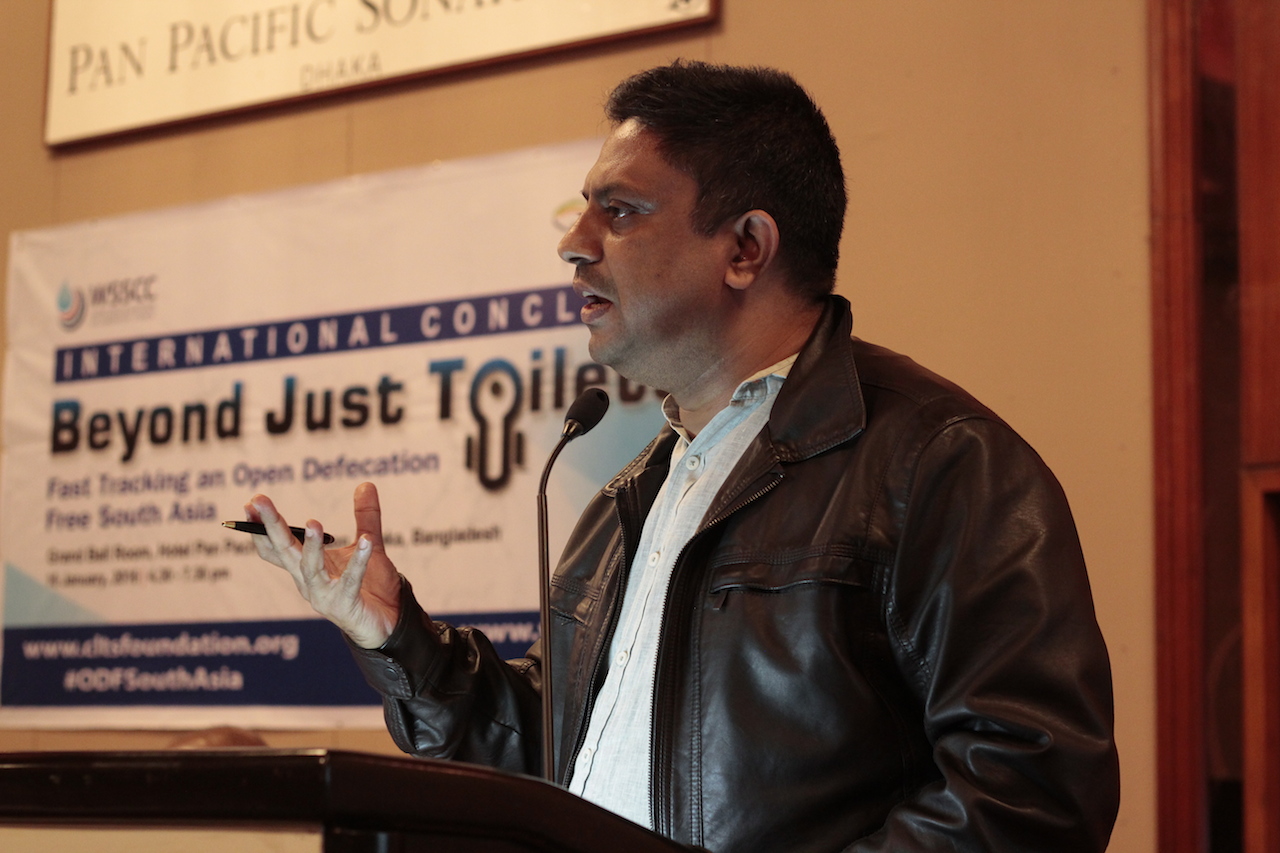
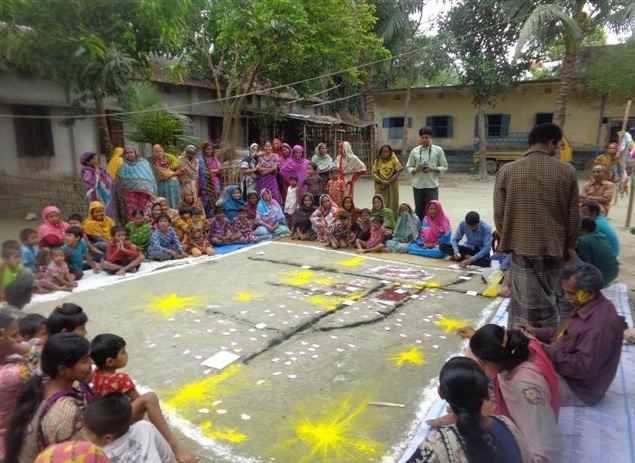
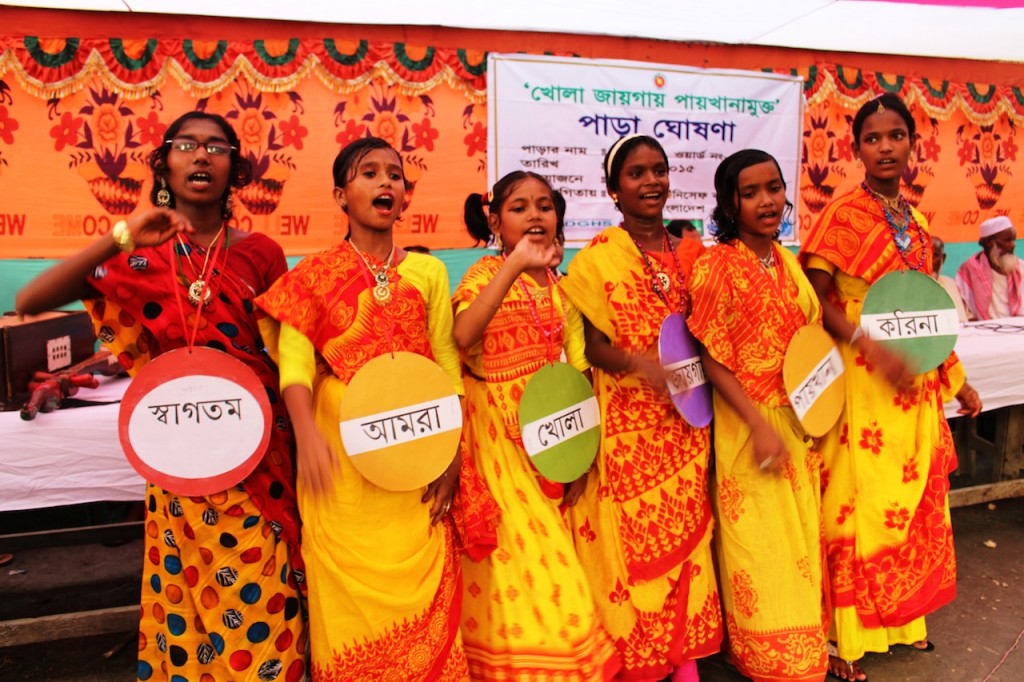
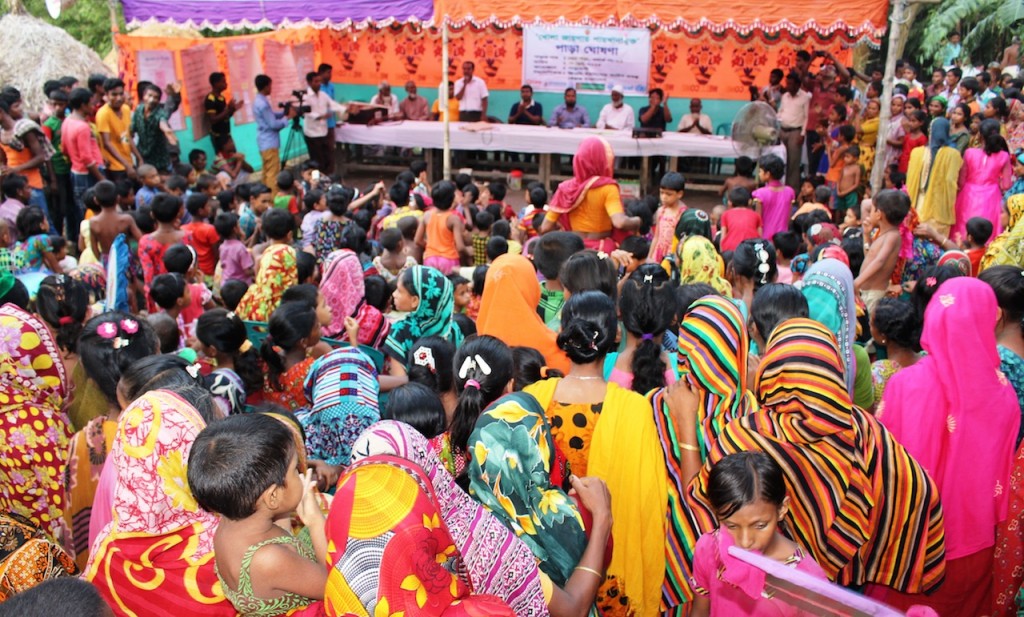
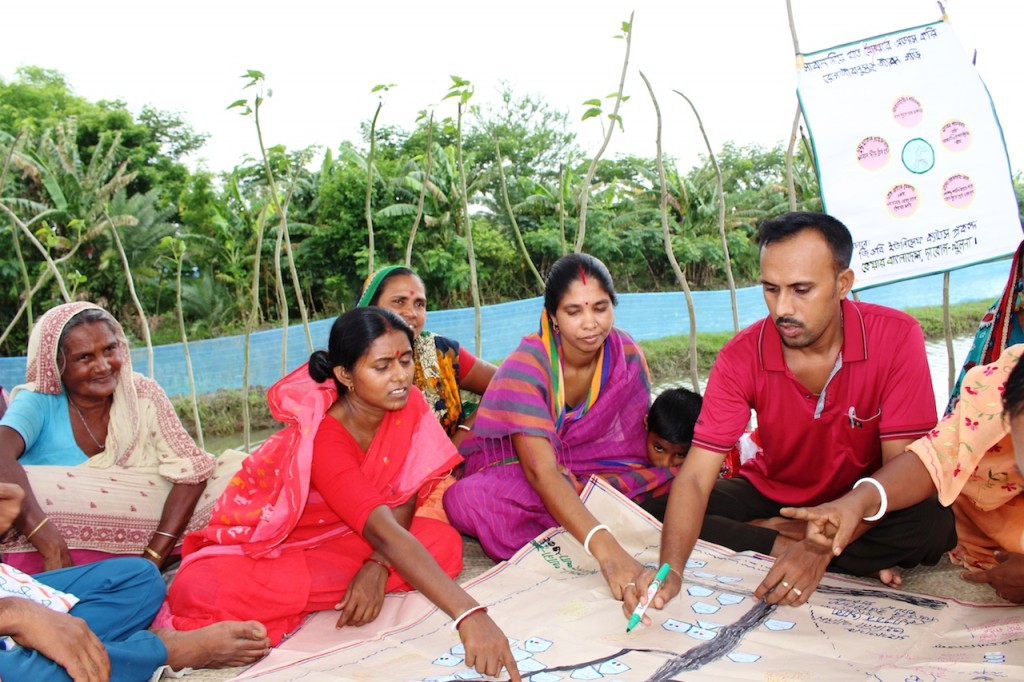
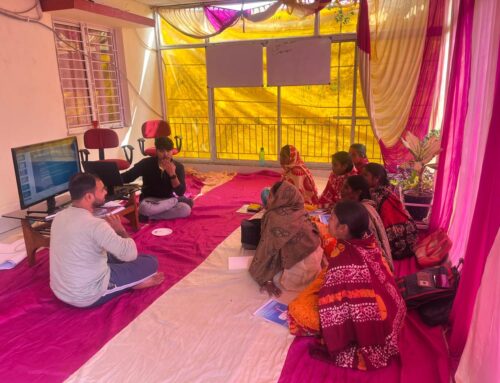

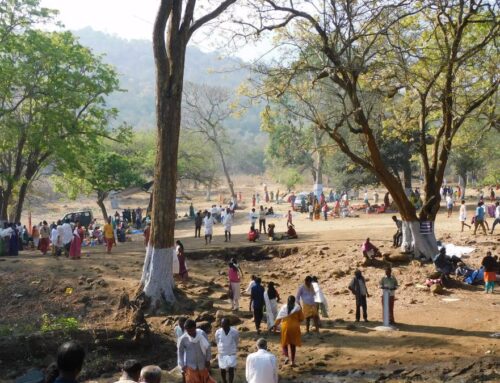
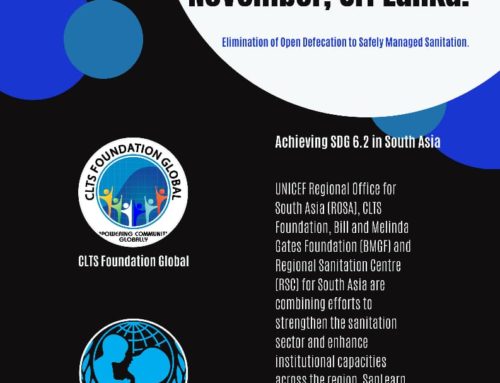
Leave A Comment